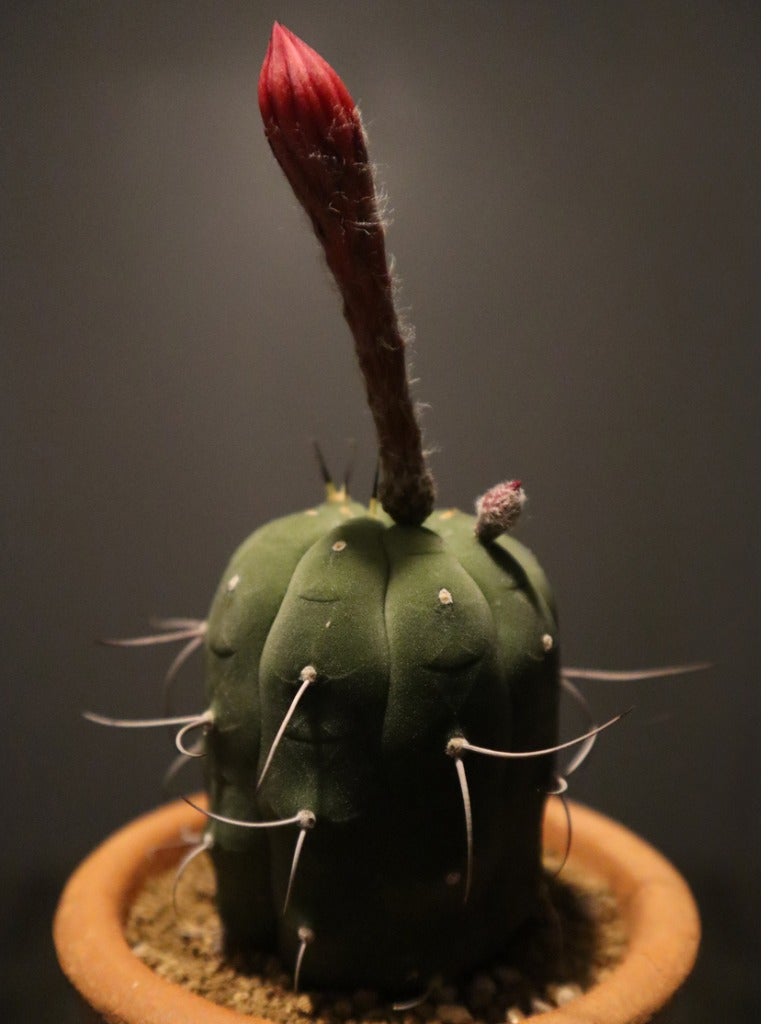Matucana Cactus Care – Learn About Growing Matucana Cactus


Professional information indicates there are 17 to 20 types of Matucana cactus varieties. Globular or cylindrical, most have light to moderate spines, and all are said to have attractive, showy blooms. Perhaps you’re already growing one in hopes of having an upclose show. Read more about these cacti here and learn how to get them to the blossoming stage.
Matucana Cactus Plant
As natives of the high Andes mountainous ranges of Peru, specific temperature guidelines are needed for blooms. Cool nighttime temps and warm daytime temperatures are necessary. This is the most certain way to get Matucana to flower.
Blooms appear on the happily located plant as early as two to three years. Plants usually bloom in late spring or summer. These plants bloom at night, so be prepared for a brief moment of joy when blooms appear. The apical blooms last two to four days, on average.
Growing Matucana Cactus
Keep the Matucana cactus in full sun, avoiding the hottest noon and afternoon rays. Find a spot for your cacti that receives morning sun as soon as it rises. If this allows for six hours of sun on this plan, it is likely adequate. If you can find a location where a few hours of late afternoon sun also shine in addition, this is even better.
Temperatures in which to grow this plant are equally important. It is best to avoid anything below 45 degrees F. (7 C.). Remember cold wet roots quickly kill your cacti. This should not be a problem though since you won’t be watering the Matucana cactus in winter. Provide protection when temperatures get this low.
This species may be grown from seed using typical cacti propagation techniques. Plant in a bed with lots of coarse sand. Since these plants tend to remain small, they rarely need repotting.
Matucana Cactus Care
Provide exact care to encourage the bloom on all varieties of Matucana cactus. Grow Matucana cactus plant in a poor, well-draining soil. Sources suggest a mix of coarse sand, small pebbles, and lapilli (a product of erupting volcanos).
Sign up for the Gardening Know How newsletter today and receive a free copy of our e-book "How to Grow Delicious Tomatoes".
Don’t water except during the vegetative stage. The vegetative stage is when the plant is showing growth, such as new leaves and increasing height. Limit watering during growth as well. Only water again when the soil has completely dried out. Eliminate watering in winter. Fertilize after watering, using a food designed for cactus plants. Fertilize every 15 days, only during the growth period.

Becca Badgett was a regular contributor to Gardening Know How for ten years. Co-author of the book How to Grow an EMERGENCY Garden, Becca specializes in succulent and cactus gardening.